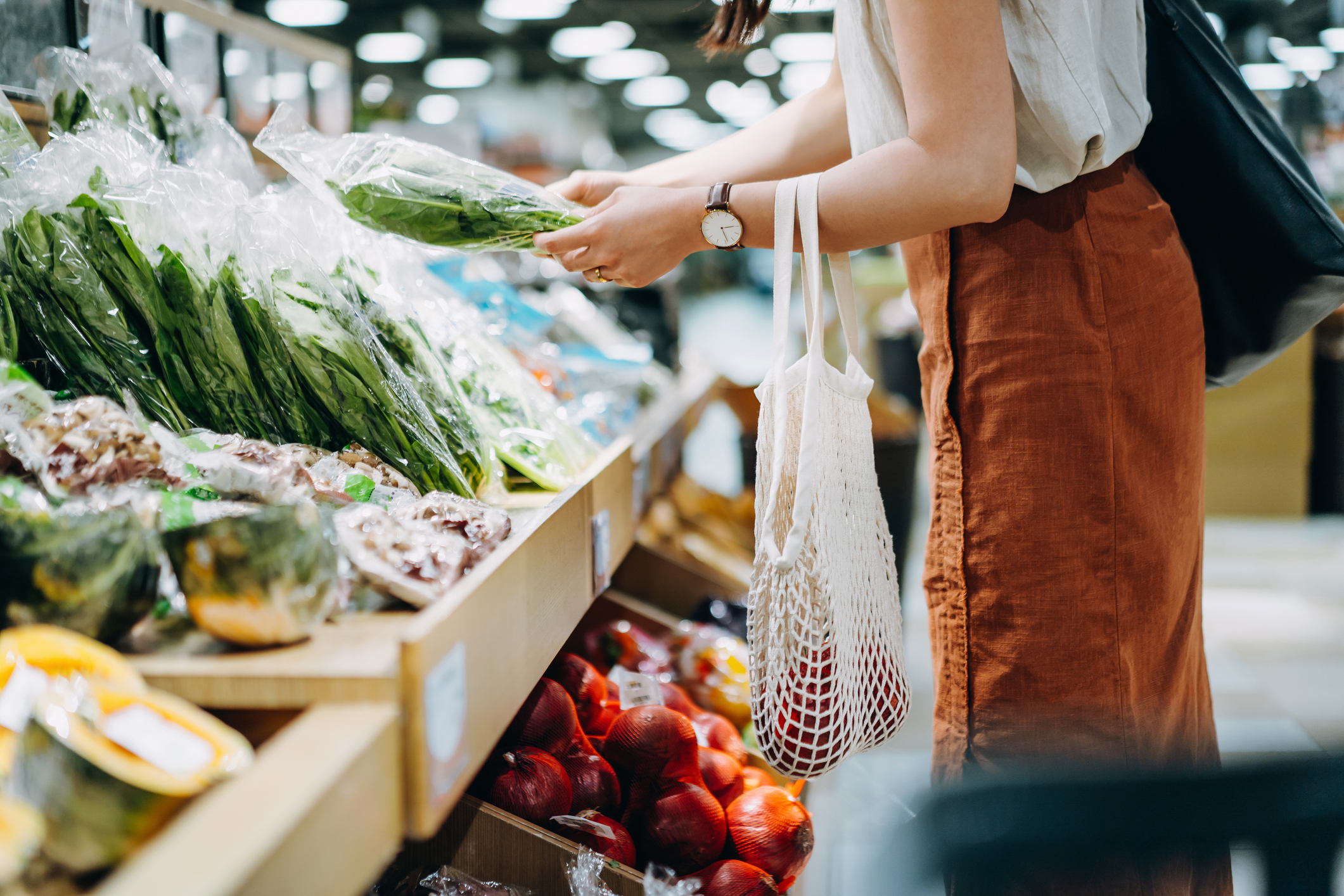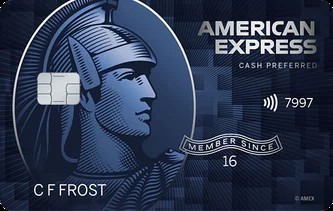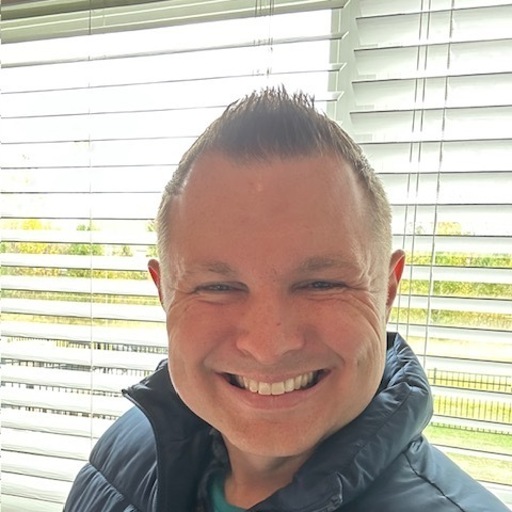Save on Your Grocery Shop by Maximizing Credit Card Rewards
With grocery bills continuing to rise, maximizing your cash back rewards can be a smart way to save. Here are some credit cards to consider.

Elena Terrazas Chesney

We may earn compensation when a customer clicks on a link, when an application is approved, or when an account is opened. We may not cover every available offer. Our relationship with advertisers may impact how an offer is presented on our site but our editorial selection of products is made independently. Terms apply to American Express benefits and offers. Enrollment may be required for select American Express benefits and offers. Visit americanexpress.com to learn more. We calculate a typical annual reward for each card, assuming $36,000 spent annually and less any annual fee. Interest rates, fees, rewards and other terms listed in this article are subject to change. Before you apply for a credit card, check its current terms and conditions with the issuer.
There are a variety of factors impacting our grocery prices. The bird flu has driven up egg costs significantly, prompting some restaurants, like Waffle House, to add a 50-cent surcharge per egg ordered. On top of that, inflation continues to take a bite out of budgets. The average American household now spends $270 weekly on groceries, or more than $1,000 per month. And if President Trump goes through with a raft of tariffs, produce costs could rise even more.
While we might not be able to do much about the prices aside from comparison shopping, there are ways you can still save on food at the store.
Use your card's cash back incentives
Some credit cards (listed below) offer cash back incentives on grocery or dining out purchases. By maximizing these to your advantage, you can earn a healthy cash back bonus that offsets some of the higher costs incurred.
From just $107.88 $24.99 for Kiplinger Personal Finance
Become a smarter, better informed investor. Subscribe from just $107.88 $24.99, plus get up to 4 Special Issues

Sign up for Kiplinger’s Free Newsletters
Profit and prosper with the best of expert advice on investing, taxes, retirement, personal finance and more - straight to your e-mail.
Profit and prosper with the best of expert advice - straight to your e-mail.
The key is to make sure these rewards work for you. Start by shopping for a credit card that helps you save on everyday purchases, like groceries, dining out or food delivery services, like Uber Eats. And make sure to pay off your balance every month, or else the interest you pay negates some of the incentives these cards offer.
With this in mind, here are a few cards that can help you save on food costs:
Blue Cash Preferred® Card from American Express

The Blue Cash Preferred® Card from American Express helps you 6% cash back at U.S. supermarkets on up to $6,000 per year in eligible purchases (then 1%), 6% cash back on select U.S. streaming subscriptions, 3% cash back at eligible U.S. gas stations and on transit (including taxis/rideshare, parking, tolls, trains, buses and more) purchases and 1% cash back on other purchases. Cash Back is received in the form of Reward Dollars that can be redeemed as a statement credit and at Amazon.com checkout.
The card features a $200 statement credit you can earn by charging at least $2,000 in the first six months. A tip: Usually, I'll just alter my spending and charge everything to a new card, from utilities to regular shopping trips, to make sure I'm hitting that intro bonus. It's essentially free money for everyday purchases you were going to make, as long as you pay off the statement balances.
There is a $0 intro annual fee for the first year, then $95 annually. Even still, with the savings you'll gain on groceries, it can outweigh the annual fee and still help you save.
See rates and fees.
American Express® Gold Card

If you plan to spend a lot at the grocery store, the American Express® Gold Card is a great fit. You'll earn four points for every dollar spent at U.S. supermarkets, with a $25,000 cap annually. If you exceed that amount, your rewards after $25,000 are one point per dollar charged.
You'll also earn four points per dollar on restaurants worldwide, with an annual cap of $50,000. Once you reach the $50,000 threshold, the rewards revert to one point per dollar charged. The Points Guy notes the grocery and dining out benefits equal up to 8% cash back, based on their valuations.
And you can earn up to 100,000 Membership rewards points after you spend $6,000 in purchases on your new Card within the first six months of card membership. Welcome offers vary and you may not be eligible for an offer.
The only drawback is there's an annual fee of $325. However, the higher caps on dining out and groceries makes this card a must-have for foodies.
The bottom line
Food prices continue to rise due to the bird flu, inflation and possible tariffs coming down the road. While you can't do much to control food costs on their own, having the right credit card can cushion some of those higher expenses.
These credit cards come with generous cash back incentives at supermarkets to help you save more on everyday goods. And you can save even more by meeting those intro bonuses.
Related content
- Best and Worst Grocery Chains in the U.S.
- These Grocery Tips Can Save You Money
- The Best Cash Back Credit Cards
As an independent publication dedicated to helping you make the most of your money, the article above is our view of the best deals and is not the opinion of any entity mentioned such as a card issuer, hotel, airline etc. Similarly, the content has not been reviewed or endorsed by any of those entities.
Profit and prosper with the best of Kiplinger's advice on investing, taxes, retirement, personal finance and much more. Delivered daily. Enter your email in the box and click Sign Me Up.

Sean is a veteran personal finance writer, with over 10 years of experience. He's written finance guides on insurance, savings, travel and more for CNET, Bankrate and GOBankingRates.
- Elena Terrazas ChesneyContributer
-
 The Santa Claus Rally Officially Begins: Stock Market Today
The Santa Claus Rally Officially Begins: Stock Market TodayThe Santa Claus Rally is officially on as of Wednesday's closing bell, and initial returns are positive.
-
 How to Leave Different Amounts to Adult Children Without Causing a Rift
How to Leave Different Amounts to Adult Children Without Causing a RiftHere’s how to leave different amounts to adult children without causing a family rift.
-
 My Retirement Learning Curve, 1 Year In
My Retirement Learning Curve, 1 Year InA retiree checks in with what they wish they knew early on and what they've changed about their plan one year in.
-
 How to Leave Different Amounts to Adult Children Without Causing a Rift
How to Leave Different Amounts to Adult Children Without Causing a RiftHere’s how to leave different amounts to adult children without causing a family rift.
-
 Introducing Your CD's Edgier Cousin: The Market-Linked CD
Introducing Your CD's Edgier Cousin: The Market-Linked CDTraditional CDs are a safe option for savers, but they don't always beat inflation. Should you try their counterparts, market-linked CDs, for better returns?
-
 How to Protect Yourself and Others From a Troubled Adult Child: A Lesson from Real Life
How to Protect Yourself and Others From a Troubled Adult Child: A Lesson from Real LifeThis case of a violent adult son whose parents are in denial is an example of the extreme risks some parents face if they neglect essential safety precautions.
-
 Here's How Much You Can Earn with a $100,000 Jumbo CD
Here's How Much You Can Earn with a $100,000 Jumbo CDYou might be surprised at how fast a jumbo CD helps you reach your goals.
-
 A Financial Planner Takes a Deep Dive Into How Charitable Trusts Benefit You and Your Favorite Charities
A Financial Planner Takes a Deep Dive Into How Charitable Trusts Benefit You and Your Favorite CharitiesThese dual-purpose tools let affluent families combine philanthropic goals with advanced tax planning to generate income, reduce estate taxes and preserve wealth.
-
 How Financial Advisers Can Best Help Widowed and Divorced Women
How Financial Advisers Can Best Help Widowed and Divorced WomenApproaching conversations with empathy and compassion is key to helping them find clarity and confidence and take control of their financial futures.
-
 Your Guide to Buying Art Online
Your Guide to Buying Art OnlineFrom virtual galleries to social media platforms, the internet offers plenty of places to shop for paintings, sculptures and other artwork without breaking the bank.
-
 I'm 59 With $1.7 Million Saved and Just Lost My Job. Should I Retire at 59½, or Find New Work?
I'm 59 With $1.7 Million Saved and Just Lost My Job. Should I Retire at 59½, or Find New Work?We asked professional wealth planners for advice.